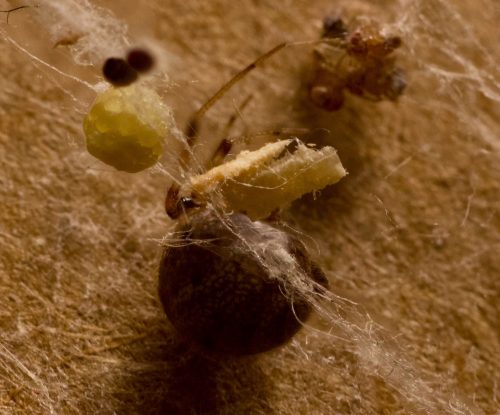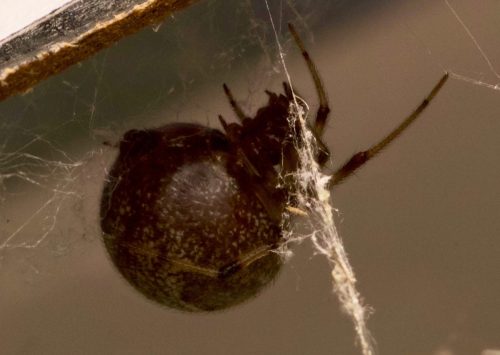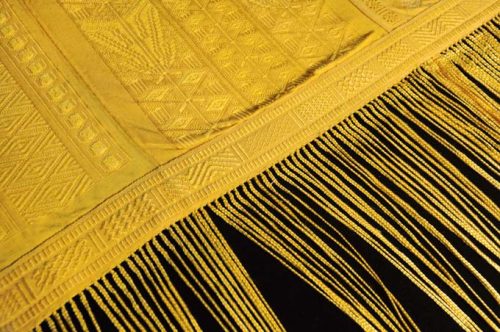I had to go to the hardware store this morning to get a little craft saw, and as he was ringing up my purchase, the clerk cheerfully asked, “What are you working on?” In my newfound spirit of sharing my scientific interests with the community, I said:
“I’m cutting bamboo strips to make artisanal cages for the spiders in my lab!”, with a smile.
Ftzzt. Short circuit. No comment. Silently handed me my receipt. I left.
Maybe it was the smile. I’m not very good at the smiling thing.










